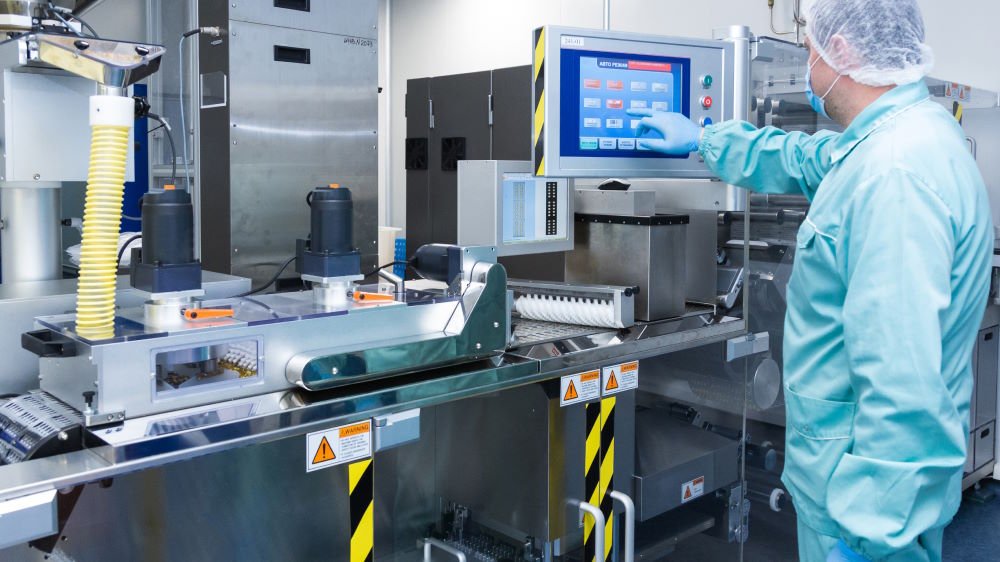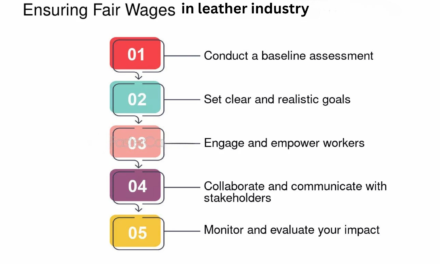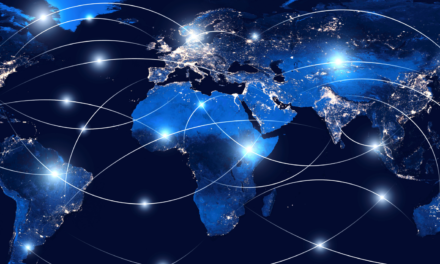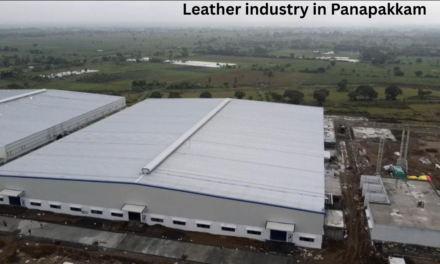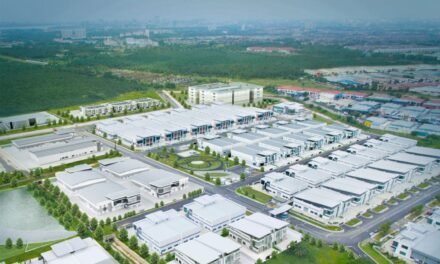Panapakkam, a key industrial hub in Tamil Nadu’s leather manufacturing sector, is experiencing significant advancements in technology that are modernizing production processes and improving efficiency, quality, and sustainability. These technological innovations are helping Panapakkam’s leather manufacturing units remain competitive in both domestic and international markets. Here are some of the key technological advancements in the region’s leather manufacturing units:
1. Automation and Robotics
- Automated Leather Cutting:
- Laser Cutting: Laser technology is increasingly being used for precise cutting of leather pieces, reducing material waste and improving the accuracy of complex patterns.
- CNC (Computer Numerical Control) Machines: These machines offer high precision in cutting, embossing, and etching leather. They allow for faster production times while minimizing human error.
- Robotics in Manufacturing:
- Robotics is being used for repetitive tasks such as stitching, gluing, and handling leather pieces during assembly. This increases productivity, consistency, and reduces labor costs.
2. Advanced Tanning Techniques
- Chrome-Free and Vegetable Tanning:
- Innovative Tanning Technologies: Panapakkam’s leather manufacturers are adopting chrome-free tanning methods, including the use of vegetable tannins, reducing the environmental impact. These processes avoid the harmful chemicals traditionally used in leather tanning.
- Bio-Tanning: Research into bio-based tanning methods is progressing, with the use of natural enzymes and plant-based tannins being explored to produce high-quality, eco-friendly leather.
- Sustainable Chemical Management:
- New technologies are being implemented to reduce the use of toxic chemicals in the tanning process, including more efficient water treatment and chemical recycling systems. This aligns with global sustainability standards and reduces environmental pollution.
3. Water and Waste Management Technologies
- Water Recycling and Management Systems:
- Leather manufacturing is water-intensive, but Panapakkam’s factories are adopting advanced water recycling systems to reuse water in the tanning and finishing stages. This reduces water consumption and minimizes waste.
- Zero Liquid Discharge (ZLD) systems are being adopted, where wastewater is treated and recycled, preventing contamination of local water bodies.
- Effluent Treatment Plants (ETPs):
- State-of-the-art ETPs treat the wastewater generated during the manufacturing process to remove harmful chemicals, such as chromium, and meet environmental standards for discharge.
4. 3D Printing and Digital Fabrication
- 3D Leather Design and Prototyping:
- 3D Printing is being utilized to create prototypes of leather goods, such as bags, shoes, and accessories. Designers can experiment with intricate designs and produce samples quickly before proceeding with full-scale production.
- Digital Fabrication: In addition to 3D printing, laser engraving and digital embroidery are used for custom patterns and logos on leather products, enhancing design possibilities without sacrificing precision.
5. Artificial Intelligence and Machine Learning
- Predictive Maintenance:
- AI-based systems are being implemented to predict equipment failures, allowing for predictive maintenance in manufacturing units. This reduces downtime, increases machine lifespan, and improves production efficiency.
- Process Optimization:
- Machine learning algorithms are being used to analyze production data and optimize tanning, dyeing, and finishing processes. These systems help improve consistency and reduce material waste by learning from production data and adjusting parameters in real-time.
6. Eco-Friendly Finishing Techniques
- Water-Based and Non-Toxic Finishing:
- Traditional leather finishing processes often involve harmful solvents and chemicals. Panapakkam manufacturers are transitioning to water-based finishing agents and non-toxic dyes for leather products. This shift not only enhances product safety but also aligns with the global demand for environmentally friendly products.
- Nano-Technology in Leather Treatment:
- Nanocoatings are being applied to leather to improve its durability, water resistance, and stain resistance without the need for harmful chemicals. Nano-coatings also help maintain the softness and flexibility of leather, making it more appealing for fashion and luxury items.
7. Digitalization in Product Design and Marketing
- CAD (Computer-Aided Design) and CAM (Computer-Aided Manufacturing):
- Manufacturers in Panapakkam are utilizing CAD software to design leather goods with precise dimensions and patterns. CAM systems then take these digital designs and translate them into manufacturing instructions for machines.
- Virtual Showrooms and E-Commerce Platforms:
- The use of virtual reality (VR) and augmented reality (AR) for creating digital showrooms has allowed manufacturers to showcase their leather goods to international clients without the need for physical exhibitions. Additionally, e-commerce platforms are helping manufacturers reach a global market for their products.
8. Advanced Leather Testing and Quality Control
- Smart Sensors and IoT:
- Internet of Things (IoT) technology is integrated into production lines for real-time monitoring of leather quality. Sensors can measure humidity, temperature, and pressure during the tanning and drying processes to ensure optimal conditions for producing high-quality leather.
- Automated Inspection Systems:
- Automated quality control systems using machine vision detect defects like scratches, color inconsistencies, or irregular stitching, ensuring that only top-quality leather products are shipped to customers.
9. Green Manufacturing and Sustainability Initiatives
- Solar Energy Integration:
- Some leather manufacturers are incorporating solar energy to power their operations, reducing their reliance on conventional power sources and lowering their carbon footprint.
- Sustainable Packaging:
- Manufacturers are investing in eco-friendly packaging materials, such as biodegradable or recyclable options, to reduce waste and appeal to environmentally conscious consumers.
10. Circular Economy Practices
- Leather Recycling and Upcycling:
- Panapakkam’s leather manufacturers are adopting circular economy principles by recycling leather scraps and by-products into new products. Leather offcuts are being repurposed into smaller accessories, keychains, or used in other applications like automotive interiors.
- Upcycled Leather: Some manufacturers are exploring the use of upcycled leather, which involves transforming discarded leather products into new, high-quality goods.
Conclusion
Technological advancements in Panapakkam’s leather manufacturing units are not only driving production efficiency and quality improvements but also aligning with global trends towards sustainability and eco-conscious manufacturing. Innovations in automation, eco-friendly processes, digitalization, and advanced material science are helping Panapakkam’s leather sector stay competitive while reducing its environmental impact. These advancements are enhancing the region’s attractiveness as a global manufacturing hub for high-quality, sustainable leather products.
Hashtags
#Panapakkam LeatherTech #MLFACInnovations #SustainableLeatherProcessing #AdvancedTanningTechniques #EcoFriendlyLeather #DigitalLeatherManufacturing #PanapakkamIndustrialGrowth #LeatherIndustryAdvancements #MLFACDevelopment #SmartManufacturingInLeather

